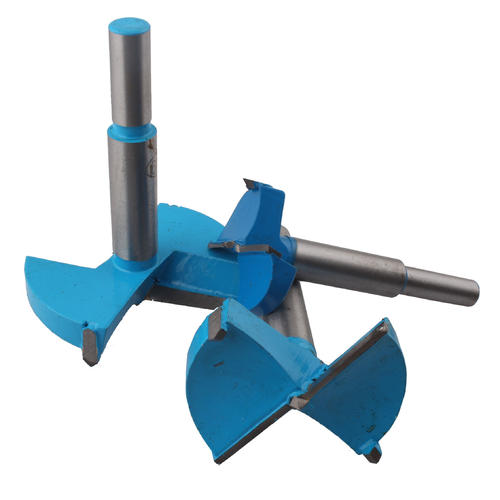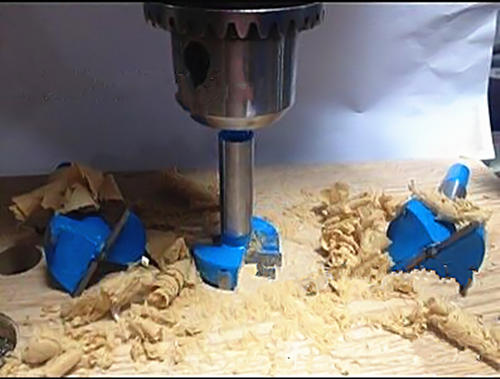Introduction of CCD and CMOS
CCD is the abbreviation of Charge CoupLED Device in English, which is a special semiconductor device. It has many same photosensitive elements, and each photosensitive element is called a pixel. CCD is composed of many photosensitive units, usually in units of megapixels. When the surface of the CCD is exposed to light, each photosensitive unit reflects the charge on the component, and the signals generated by all the photosensitive units are added together to form a complete picture. CCD is made of a high-sensitivity semiconductor material, which can convert light into electric charge, and convert it into digital signals through an analog-to-digital converter chip. The digital signals are compressed and stored in the camera's internal flash memory or built-in hard disk card, so You can easily transfer the data to the computer and use the computer's processing methods to modify the image according to your needs and imagination.
CMOS is the abbreviation of Complementary Metal Oxide Semiconductor in English, which originally means complementary metal oxide semiconductor-a raw material used in the manufacture of integrated circuit chips on a large scale. CMOS is a readable and writable RAM chip on the mainboard of the computer, used to save the current system hardware configuration and user settings for certain parameters. CMOS can be powered by the battery of the motherboard, even if the system is powered off, information will not be lost. CMOS RAM itself is just a piece of memory, with only data storage function, and the setting of each parameter in CMOS should pass a special program. Today, the CMOS manufacturing process is also used to make photosensitive elements for digital imaging equipment, especially single-lens reflex digital cameras with larger frame sizes. Although its use is very different from the past, basically it still adopts the CMOS process, but only converts the function of pure logic operation to receive external light and then converts it into electrical energy, and then through the on-chip digital-analog converter (ADC) ) Convert the obtained image signal into digital signal output.
Forstner bits, flat-bottomed to drill holes in wood materials, they can cut on the edge of a block of wood, and can cut overlapping holes; for such applications they are normally used in drill presses or lathes rather than in hand-held electric drills. Because of the flat bottom of the hole, they are useful for drilling through veneer already glued to add an inlay.
The bit includes a center point which guides it throughout the cut (and incidentally spoils the otherwise flat bottom of the hole). The cylindrical cutter around the perimeter shears the wood fibers at the edge of the bore, and also helps guide the bit into the material more precisely.
Forstner bits have radial cutting edges to plane off the material at the bottom of the hole. The bits shown in the images have two radial edges; other designs may have more. Forstner bits have no mechanism to clear chips from the hole, and therefore must be pulled out periodically.


Forstner Bits,bosch forstner bits,colt forstner bits
Behappy Crafts (suzhou)Co.,Ltd , https://www.jshaoyue.com